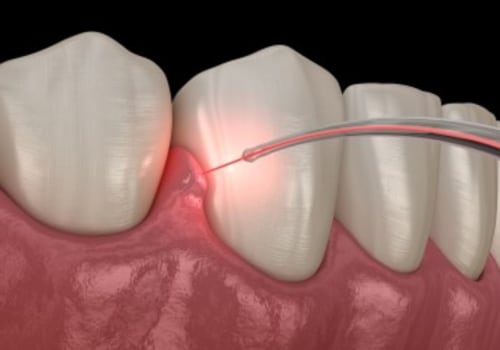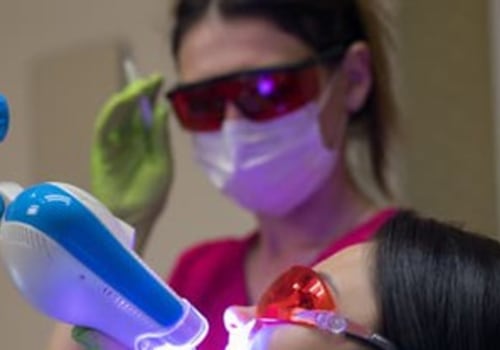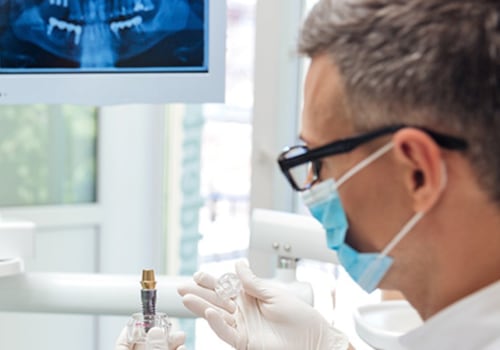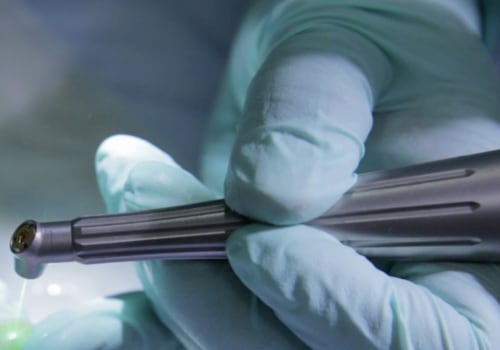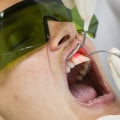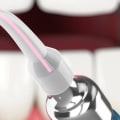This controlled clotting increases hemostasis and you have almost no blood in many cases. Gingival contouring with a soft tissue laser can provide a more comfortable treatment for the patient. Using a diode laser allows a physician to quickly and accurately remove excess tissue with minimal or no bleeding, post-operative pain, or swelling. The laser energy cauterizes and seals the capillaries, achieving hemostasis and preventing edema.
Tissue damage is minimal, since a continuous sweeping motion is used during treatment. Healing occurs in a matter of days and patients generally report low levels of discomfort during the healing process. Soft tissue lasers and hard tissue lasers differ depending on the type of structure they are aimed at. Soft tissue lasers are used on soft tissues, such as gums and gums, while hard tissue lasers are used on hard structures such as teeth, roots and bones.
A laser is a small beam of intensely focused light. Laser therapy allows precise control during soft tissue treatment. In addition, lasers can perform several functions. In addition to removing tissue, they can also be used to reduce bleeding and swelling, seal blood vessels and seal nerve endings.
We use a diode laser for several restorative and cosmetic purposes at Downtown Dental. Some benefits for the patient include no bleeding, no pain, and faster healing. Today, the Food and Drug Administration approves the safety of lasers, and they have become much more common and standard in dental offices across the country. Lasers work by supplying energy in the form of light.
This energy can be used to achieve precision and precision by shaping the gums, removing sores or excess gum tissue, and killing bacteria around the gums or during root canal treatment. Diode lasers have wavelengths between 810 and 980 nm, and argon lasers have the lowest wavelengths, between 457 and 502 nm. As its first application in dentistry by Miaman, in 1960, the laser has had several applications in hard and soft tissues. With soft tissue laser therapy, the renal junction can be gently removed before the laser coagulates and cauterizes the surgery site.
Lasers have been used in dentistry for approximately two decades and are suitable for multiple procedures, including soft tissue treatment. Miaman's introduction of lasers in dentistry in the 1960s led to continuous research into the various applications of lasers in dental practice. Each laser differs in the way energy is produced, whether it is delivered continuously or pulsed, and in the wavelength of the light emitted by the laser. The active medium of the diode laser is a solid-state semiconductor made of aluminum, gallium, arsenide and, occasionally, indium, which produces laser wavelengths, ranging from approximately 810 nm to 980 nm.

